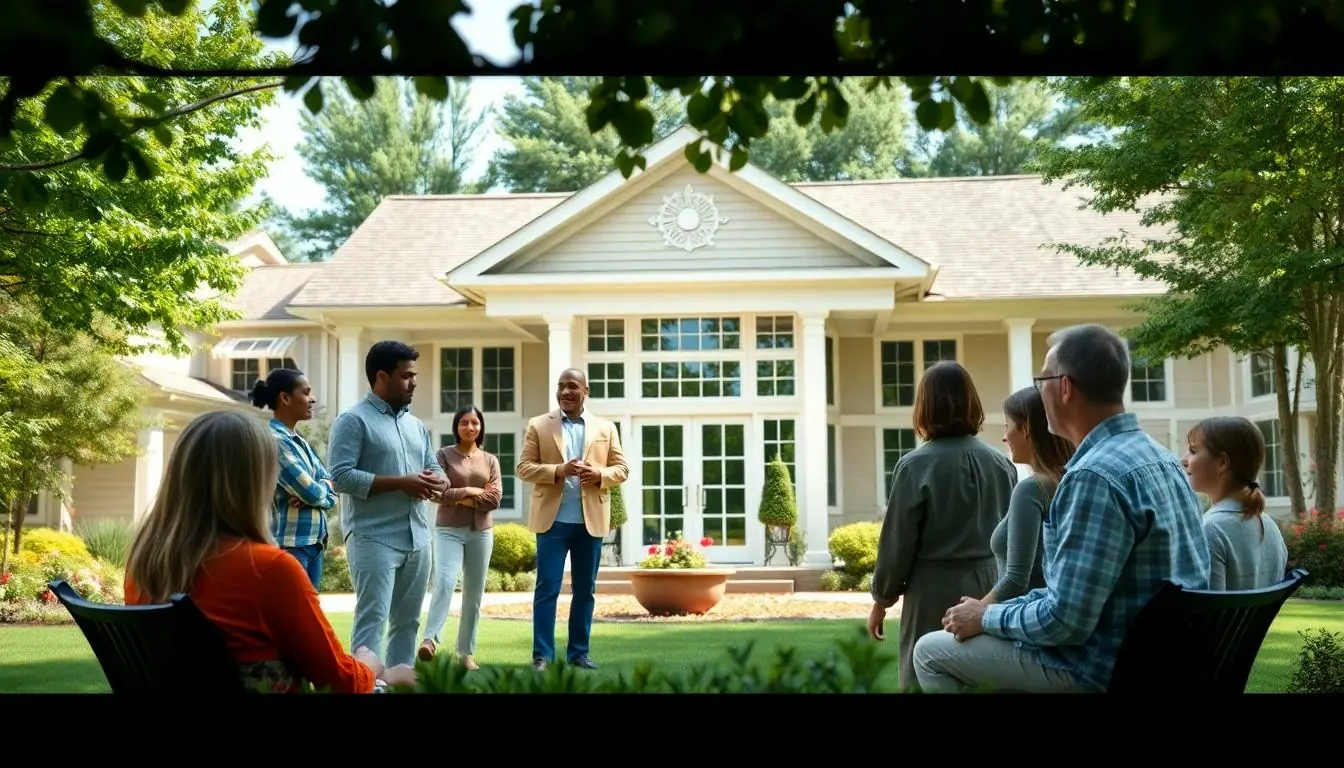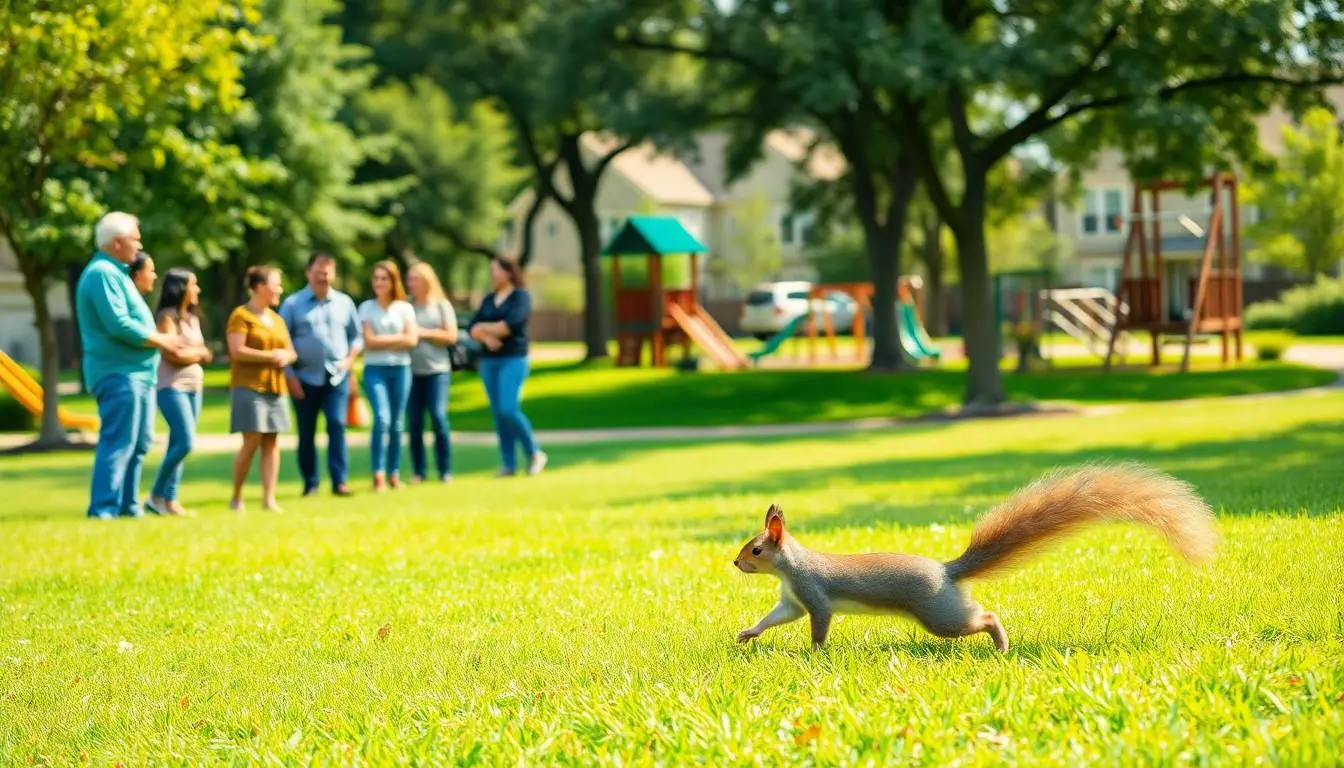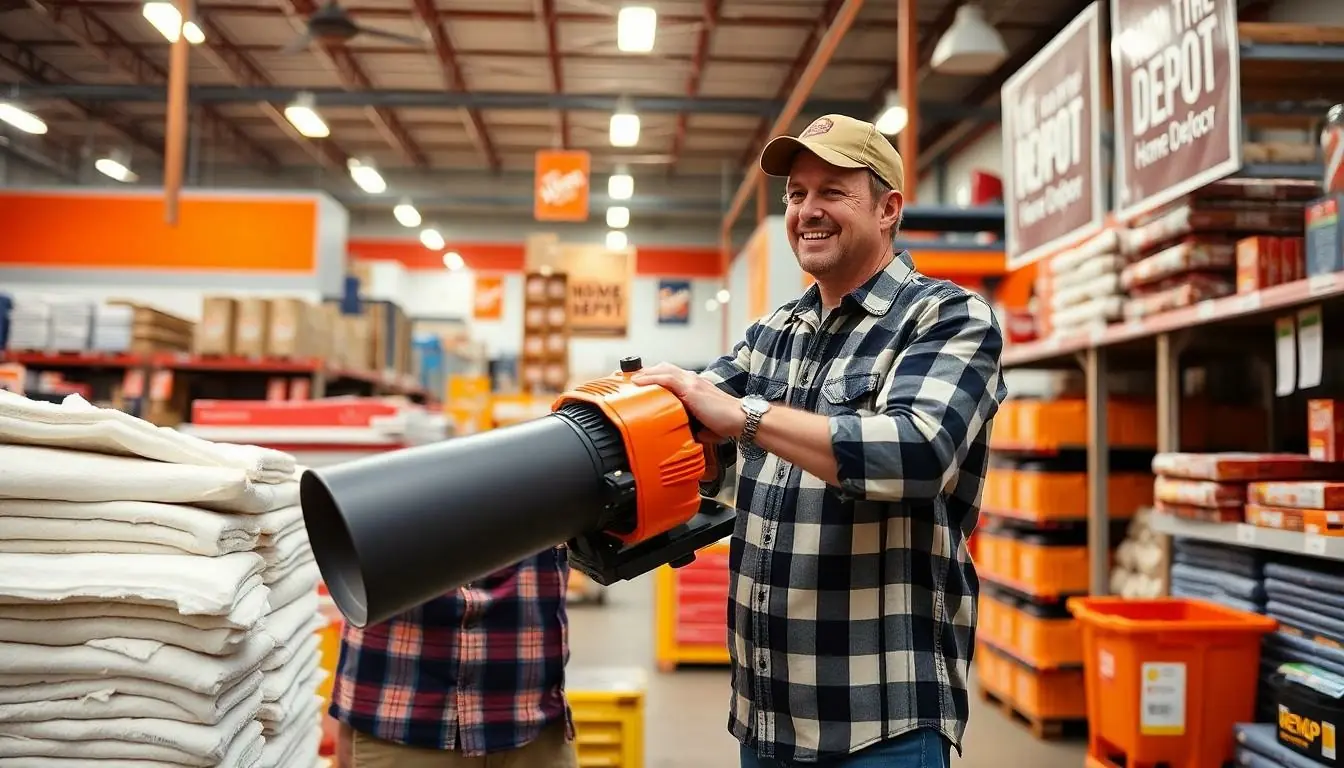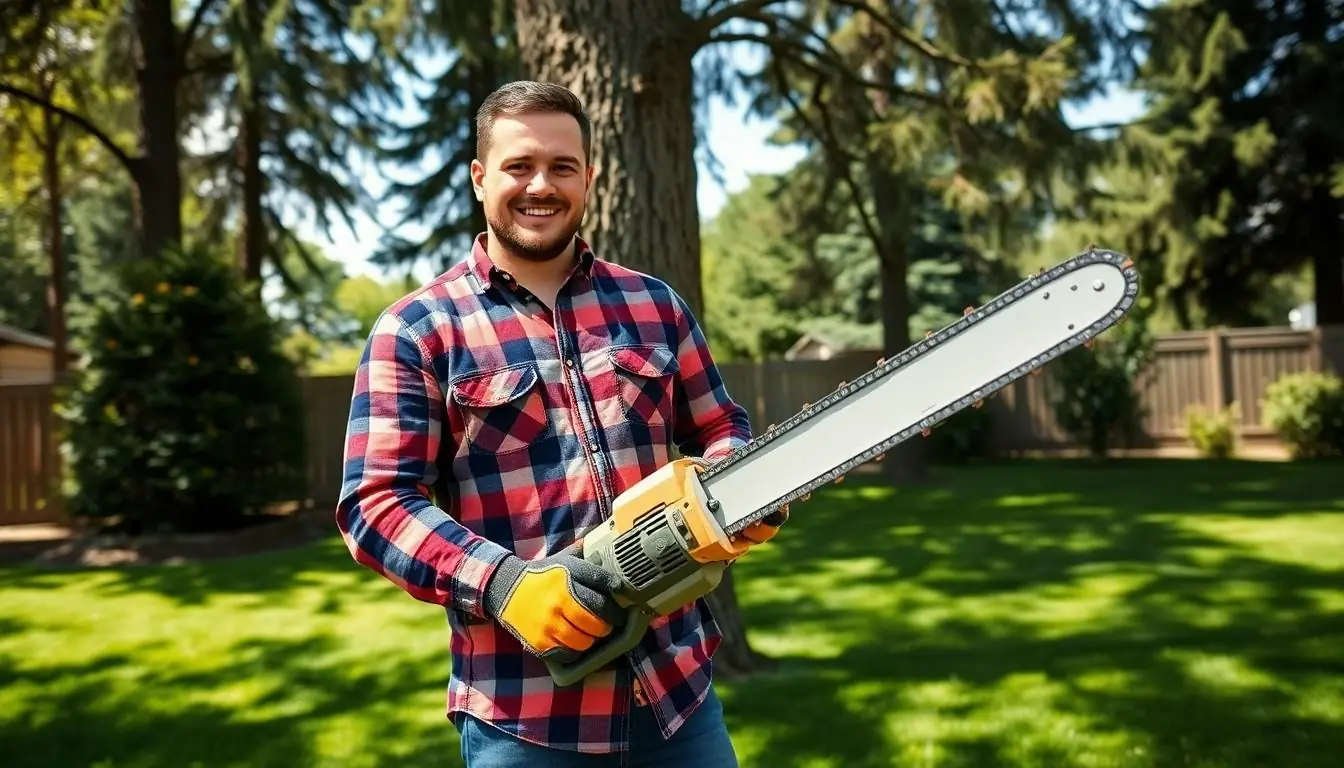Homeowners associations (HOAs) might seem like the friendly neighborhood watch, but they come with their own set of responsibilities—and risks. Imagine a rogue squirrel causing chaos at the community pool or a tree branch falling on a car during a neighborhood BBQ. Without insurance, those seemingly small incidents could turn into financial nightmares.
So, do HOAs really need insurance? Absolutely! Just like a superhero needs a cape, an HOA needs coverage to protect its assets and members. With the right insurance policy, they can tackle unexpected events with confidence, ensuring that the community stays safe and sound. After all, who wants to be the one explaining to the board why their budget just took a nosedive because of a squirrel?
Table of Contents
ToggleUnderstanding Homeowners Associations
Homeowners associations (HOAs) are organizations that manage community living and maintain shared spaces. They play a critical role in ensuring the well-being of residents.
Definition and Purpose
HOAs serve as governing bodies for residential communities. They establish rules, impose fees, and maintain common areas like parks, pools, and sidewalks. By enforcing community standards, HOAs help maintain property values. Members contribute to a fund that supports these services and improvements, creating a pleasant environment for all residents.
Role in Community Management
HOAs handle various aspects of community management, including maintenance and rule enforcement. They organize community events, fostering engagement among residents. Additionally, they address conflicts and ensure compliance with community guidelines. Effective management contributes to a safer, more attractive neighborhood, enhancing the overall quality of life for residents.
Importance of Insurance for Homeowners Associations

Insurance plays a critical role in safeguarding homeowners associations (HOAs). It protects assets and meets the financial challenges of unexpected events.
Protecting Against Liability
Liability protection serves as a primary reason for obtaining insurance. Situations such as slip-and-fall accidents on communal property leverage significant financial repercussions. Claims can arise when a member or guest sustains injuries in shared areas. Legal fees and settlements could lead to overwhelming costs without proper coverage. Additionally, insurance safeguards against damages caused by board members while executing their duties. Ensuring adequate liability coverage not only mitigates risks but also enhances community trust in the association’s management.
Coverage Options Available
HOAs can explore various coverage options tailored to their unique needs. Property insurance protects the physical assets like clubhouses and recreational facilities. General liability insurance provides protection against third-party claims. Directors and officers (D&O) insurance defends against lawsuits resulting from board decisions. Fidelity insurance covers losses due to employee theft or fraud. Umbrella policies extend beyond standard coverage limits, offering an extra layer of protection. Evaluating these options ensures the HOA selects appropriate coverage for its community’s specific risks.
Factors Influencing Insurance Needs
Several key factors determine the insurance needs of homeowners associations. Evaluating these elements helps ensure proper coverage for potential risks.
Size of the Association
The size of the homeowners association plays a critical role in its insurance requirements. Larger associations typically manage more significant assets, leading to higher liability risks. Numerous residents also mean increased foot traffic, heightening the chance of accidents on communal property. Smaller associations may face fewer risks but still need adequate coverage to manage unique challenges. Additionally, larger communities often necessitate more comprehensive policies to safeguard their shared facilities and common areas effectively.
Types of Properties Covered
Different types of properties influence the insurance needs of an HOA. Associations covering single-family homes may require different policies than those managing condos or townhouses. Multifamily properties often face distinct risks, such as shared amenities, that necessitate tailored coverage. Special considerations arise for associations with recreational facilities like pools or tennis courts, which introduce additional liability. Overall, understanding property types aids in selecting appropriate insurance to protect against various risks associated with community living.
Legal Considerations
Homeowners associations (HOAs) must navigate legal requirements and challenges related to insurance. These aspects shape their liability and responsibility landscape significantly.
State Requirements for Insurance
State laws often dictate specific insurance requirements for HOAs. Some states mandate liability coverage to protect against claims arising from community-generated incidents. Other states may require property insurance to cover shared spaces and amenities. Understanding local regulations ensures compliance and avoids costly penalties. HOAs must regularly review these regulations to maintain adequate and relevant coverage levels.
Common Legal Issues Faced by Associations
Common legal issues often arise from property damage, personal injury, and disputes among members. Injuries occurring in communal areas can result in liability claims if the HOA lacks adequate insurance. Property disputes may also arise regarding maintenance responsibilities and coverage terms. Addressing these legal matters requires clear communication and defined policies. Regularly updating governing documents can help mitigate potential conflicts. Prioritizing legal readiness fosters trust among members and enhances community stability.
Homeowners associations must prioritize insurance to effectively manage risks and protect their communities. By securing the right coverage, HOAs can mitigate financial burdens from unexpected incidents and maintain a safe environment for residents. With diverse insurance options available, associations can tailor their policies based on specific needs and local regulations. Ultimately, proper insurance not only safeguards assets but also fosters trust and stability within the community. This proactive approach ensures that HOAs continue to enhance the quality of life for all members, making it a vital component of successful community management.



